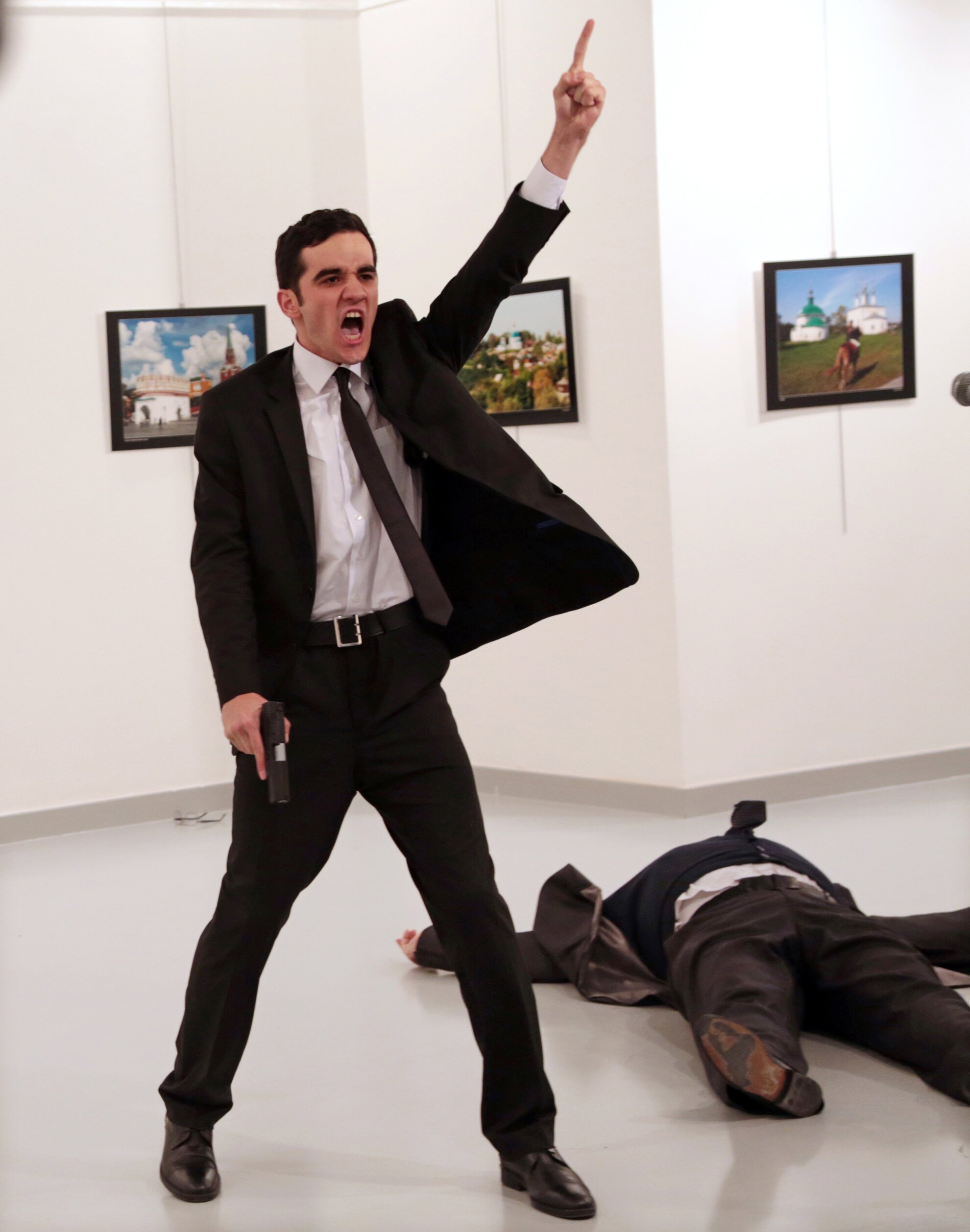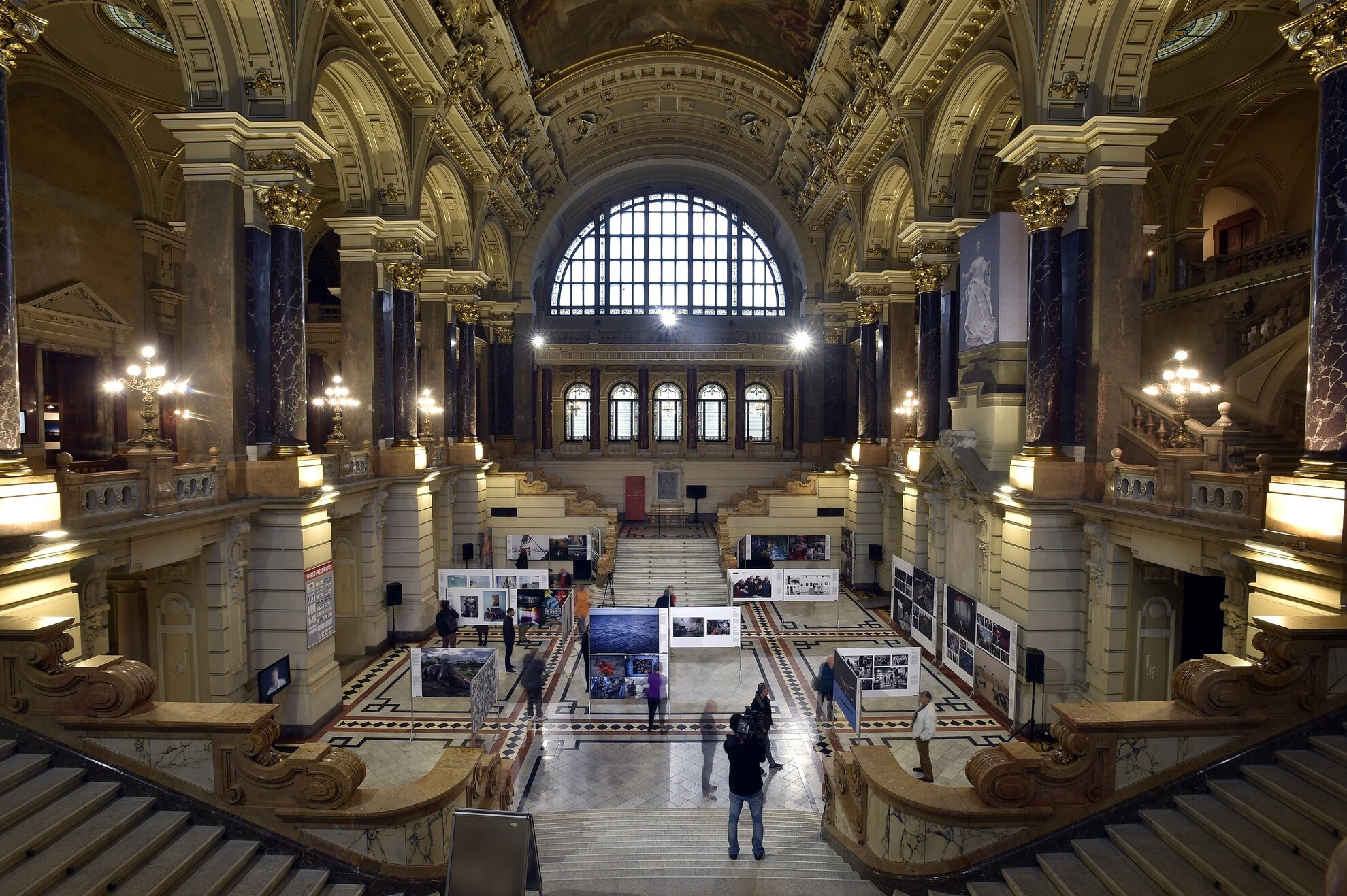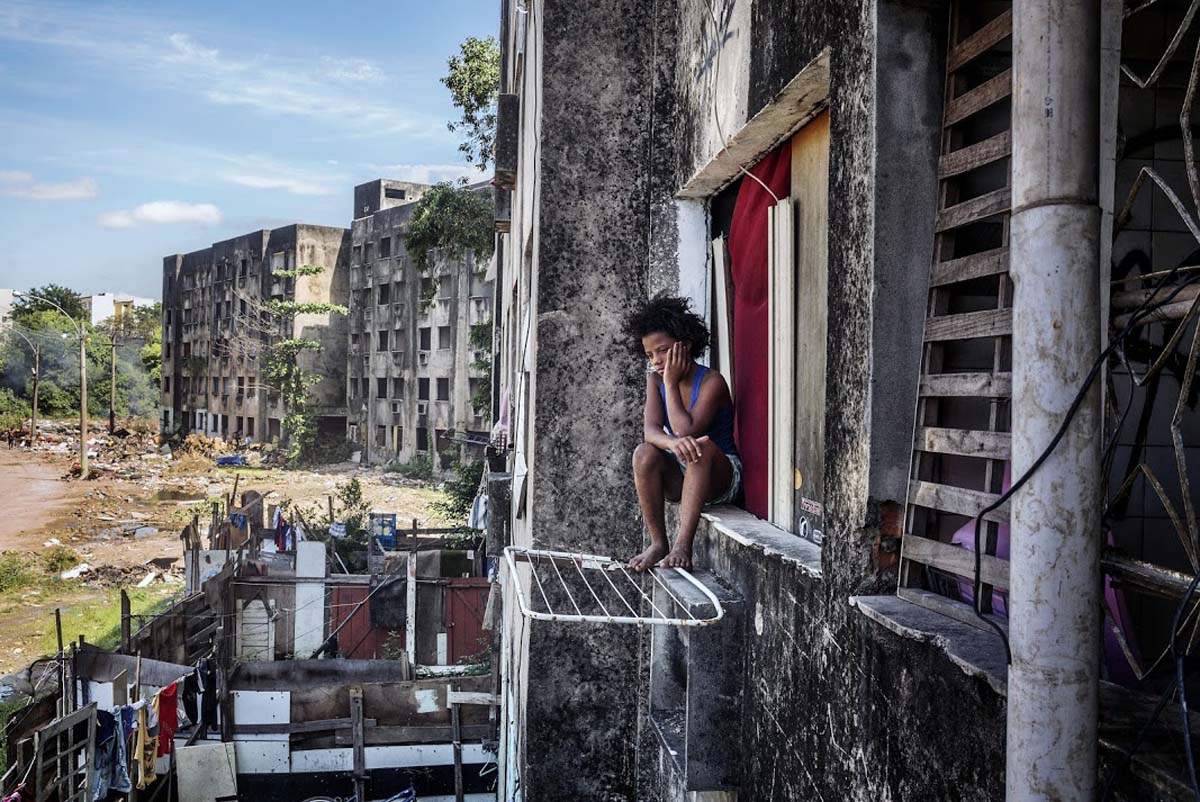The World Press Photo traveling exhibit is held annually in Budapest, yet it still makes us curious and stirs souls every time it arrives in Hungary. This is a powerful event of every autumn, but this year it is especially worthwhile to visit the exhibit, because this will be the final display on view within the magnificent Museum of Ethnography before it closes down to open at a new location in 2020.
Even though winning entries can be admired online in a small format, we are old-fashioned enough to believe in the power of gigantic printed posters of photos and the stories they present. For the most part, these are not happy stories; we can see a rhino without its horn, giant pandas on the verge of extinction, refugees struggling to survive, babies born with an undersized head due to the Zika virus, and victims of drug wars in the Philippines in the selected photos of the exhibit.

The pictures present reality, as a major part of the world is still full of devastation and degradation; conflict is almost always front and center in the exhibit’s images, presenting similar topics every year. However, the world won’t change from one year to another, says Tamás Révész, the organizer of the exhibition.

There are countless questions this year as well, and not enough answers. The number of controversies around these pictures did not decrease either; a major one concerns the winning photo by Burhan Özbilici, a photographer for the Associated Press, taken moments after Russian ambassador Andrey Karlov was shot dead.

Burhan Özbilici was in the front row at an exhibition opening when the Russian ambassador was assassinated by an off-duty Turkish police officer, who shouted “Allahu akbar” and added in Turkish: “Don’t forget Aleppo. Don’t forget Syria.” The photo was shared by nearly 18 million people on Facebook, and several people criticized that this basically brought fame to a murderer. Other people think that the photographer was at the right place at the right time, and this raises the question whether that is enough for winning this prestigious prize when the photo’s technique and aesthetics are not perfect. Yet others mind that once again, hatred stands at the center of attention.

The pictures presented at the World Press Photo exhibit were already shared in the media, but according to research, many of them remain unknown to most visitors. We even said last year that the digital flood of information does not let people process these images properly, and we still think that everyone should have to face the awful news that they normally scroll through on social media, which are all issues that cannot be emphasized enough to a Westerner living in peace.

However, on the second floor of the museum, visitors can admire pictures presenting happier times in the exhibition of a world-famous Hungarian photographer, Bence Máté.





